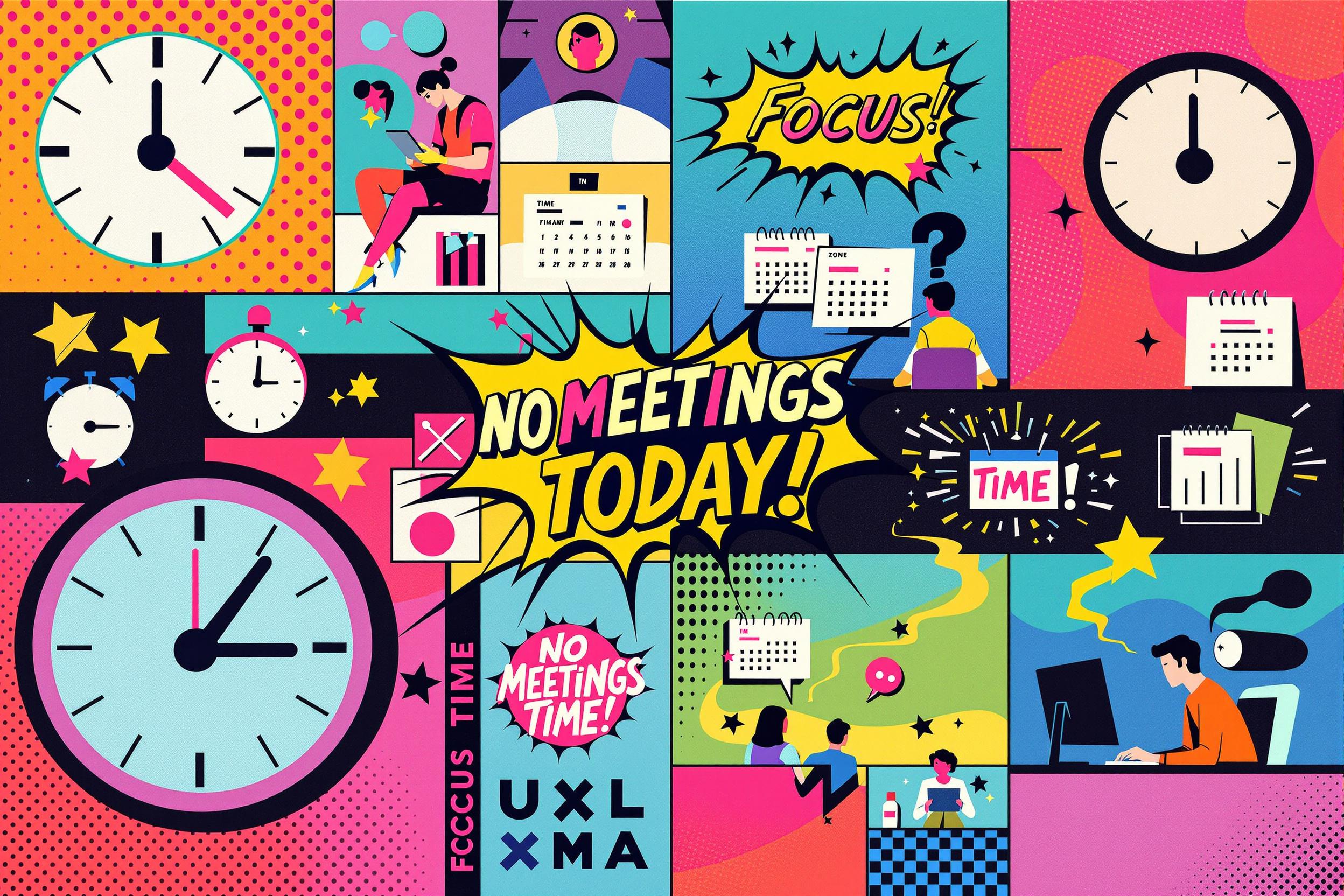
Noise Modeling
Noise Modeling is a way to predict and analyze how sound travels in different environments. It's like creating a detailed map that shows how noise from things like roads, construction sites, or industrial facilities might affect nearby areas. Environmental consultants use special computer programs to make these predictions, which helps companies and governments make sure they follow noise regulations and keep communities happy. This is important for construction projects, urban planning, and industrial developments. You might also see it called "acoustic modeling," "sound propagation analysis," or "noise impact assessment."
Examples in Resumes
Conducted Noise Modeling studies for 15+ industrial facilities to ensure compliance with local regulations
Led Acoustic Modeling assessments for major highway expansion projects
Performed Noise Impact Assessment and Noise Modeling for wind farm developments
Typical job title: "Noise Modeling Specialists"
Also try searching for:
Where to Find Noise Modeling Specialists
Professional Organizations
Professional Networks
Example Interview Questions
Senior Level Questions
Q: How would you manage a complex noise assessment project for a new airport?
Expected Answer: Should discuss project planning, team coordination, multiple noise sources consideration, community impact assessment, and mitigation strategies. Should mention experience with regulatory compliance and stakeholder management.
Q: What factors do you consider when selecting noise modeling software for different projects?
Expected Answer: Should explain how project size, terrain complexity, budget, client requirements, and regulatory standards influence software choice. Should demonstrate knowledge of various modeling tools and their strengths.
Mid Level Questions
Q: How do you validate your noise model results?
Expected Answer: Should explain comparison with actual measurements, calibration processes, and quality control procedures. Should mention importance of documentation and peer review.
Q: What noise mitigation measures would you recommend for a construction site near residential areas?
Expected Answer: Should discuss practical solutions like scheduling, equipment selection, barriers, and monitoring programs, showing understanding of both technical and practical aspects.
Junior Level Questions
Q: What are the basic inputs needed for a noise model?
Expected Answer: Should list fundamental elements like source characteristics, terrain data, weather conditions, and receiver locations. Should show understanding of basic modeling concepts.
Q: How do weather conditions affect noise propagation?
Expected Answer: Should explain basic concepts of how wind, temperature, and humidity influence sound travel, demonstrating fundamental understanding of environmental acoustics.
Experience Level Indicators
Junior (0-2 years)
- Basic noise measurement techniques
- Understanding of noise regulations
- Simple modeling software operation
- Report writing and data analysis
Mid (2-5 years)
- Complex modeling scenarios
- Multiple noise source analysis
- Mitigation strategy development
- Client consultation skills
Senior (5+ years)
- Project management
- Advanced modeling techniques
- Regulatory compliance expertise
- Team leadership and training
Red Flags to Watch For
- No field experience in noise measurements
- Unfamiliarity with environmental regulations
- Lack of experience with modeling software
- Poor understanding of basic acoustic principles
- No experience writing technical reports
Related Terms
Need more hiring wisdom? Check these out...

Silencing the Noise: How No-Meeting Days Supercharge Recruiter Productivity

Reducing Time-to-Hire: Practical Strategies Using AI Tools

Resume Optimizations that Candidates Do to Get Past AI Hiring Filters

